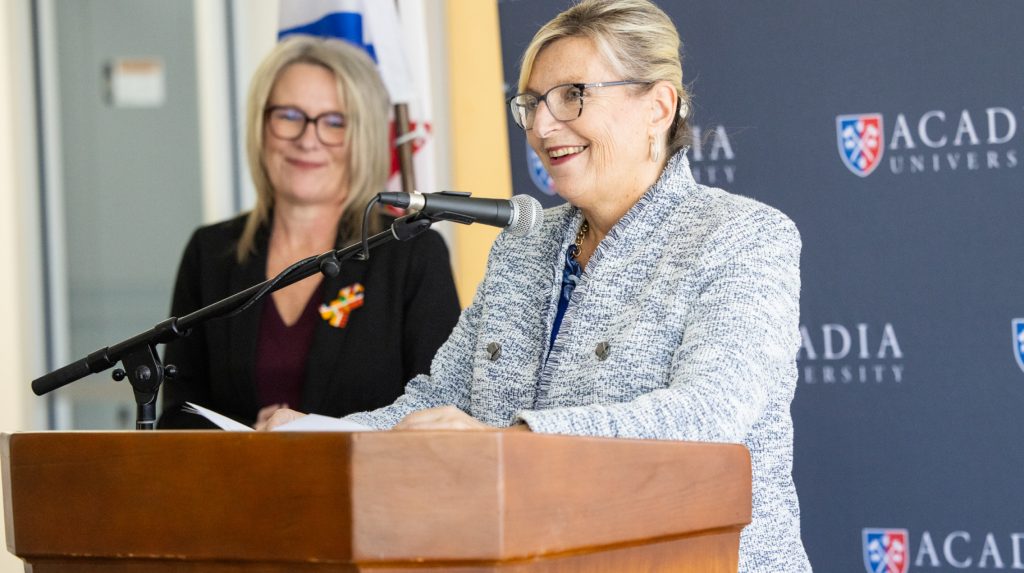B.C. to examine old-growth forest for potential ‘limited’ logging opportunities
Posted Oct 9, 2012 08:29:59 PM.
This article is more than 5 years old.
VANCOUVER – The British Columbia government will examine the contentious possibility of opening old-growth forests to logging in parts of the province hardest hit by plummeting timber supplies.
It’s an idea that both proponents and opponents say would require chopping protective measures that took years to create.
The government is now constructing ground rules so that by early 2013 it can begin revisiting the designation of some sensitive areas, mainly in the north-central triangle between Burns Lake, Prince George and Quesnel.
But any decision to cut old-growth forests would be science-based and reached by consensus of all members of the community, said Forests Minister Steve Thomson.
“There may be limited opportunities to look at that, but only through a process,” he said in an interview on Tuesday.
“It’s important to recognize that this request came from the communities.”
The move comes as part of a larger strategy the government released on Tuesday aimed at boosting timber supply over the next five to 20 years. The list of actions comes in direct response to a special committee report that warned in August measures must be taken to stave off an impending, dramatic drop in wood supply.
The plan is the final phase in the provincial government’s decade-long response to the infestation of the mountain pine beetle, which has decimated forests across the province.
The August report predicted the beetle would chew up to 70 per cent of the central Interior’s marketable timber by 2021 if nothing changes.
But environmental advocates say opening protected forests to logging would roll back years of “hard fought” legislation.
“This is blood sweat and tears, multi-stakeholder processes, consensus building. They took years, these land-use plans, to establish,” said Valerie Langer, director of Forest Ethics Solutions.
“It’s very frightening to all those people who put years of their life as volunteers into this.”
Potential pilot projects could eventually take place in Burns Lake and Quesnel, with the highest priority areas being assessed this coming spring and summer, Thomson said.
But he said the government is aware of the leg-work behind the original land-use agreements.
“Very clearly the committee heard significant concerns . . . and wanted to make sure that any approach in those areas was done through a proper process and with full consultation and agreement.”
Doug Routledge, vice-president forestry with the Council of Forest Industries, welcomed the government’s “tangible” plans.
“Cautiously and well-informed,” he said of the proposed changes. “We’re not unhappy to see that the question about relaxing or deferring other constraints on the working forest land-base is still on the table.”
He explained the wood they’re looking to harvest would not include the most vulnerable areas, such as that protected as a critical habitat.
Langer said there’s no doubt communities are suffering and that puts tremendous pressure on the government. But she called it a short-term solution to a long-term environmental crisis.
“The solution is to think about how we diversify those communities’ economies,” she said, noting the government knew 10 years ago the timber supply would dry up.
The small town of Burns Lake has recently learned Oregon-based Hampton Affiliates will rebuild a sawmill there that burned to the ground in January, as long as the company can be assured adequate timber supply beyond the next decade. The region’s forests include pine and spruce.
The community of Quesnel is among the hardest hit by the ravenous pine beetle.
Some of the protected trees that may be on the chopping block could be well older than a century, although others are much younger.
Ben Parfitt, a resource policy analyst with the Canadian Centre for Policy Alternatives, has also followed the committee’s work closely.
He believes opening up an old-growth area is unrealistic, and suggested the biggest environmental threat was a part of the plan that will create new opportunities for logging by identifying marginally economic forests.
“We have a significant problem on our hands that is going to extend well beyond five to 20 years,” Parfitt said. “If the government chooses to try and address this problem by freeing up more trees to log today, I believe the crisis will be even worse than what it is now.”
But Thomson said the government believes the “greatest opportunity” to beef up timber supply lies in identifying those stands.
Other parts of the mid-term supply strategy include implementing silviculture practices that could grow trees faster and installing a fire management plan to reduce risks of losing trees in areas like Merritt and Prince George.










